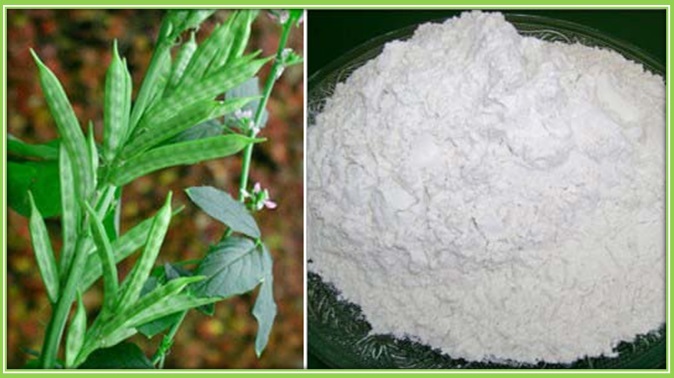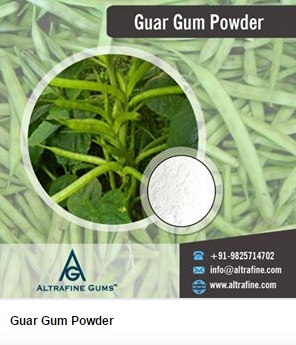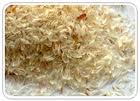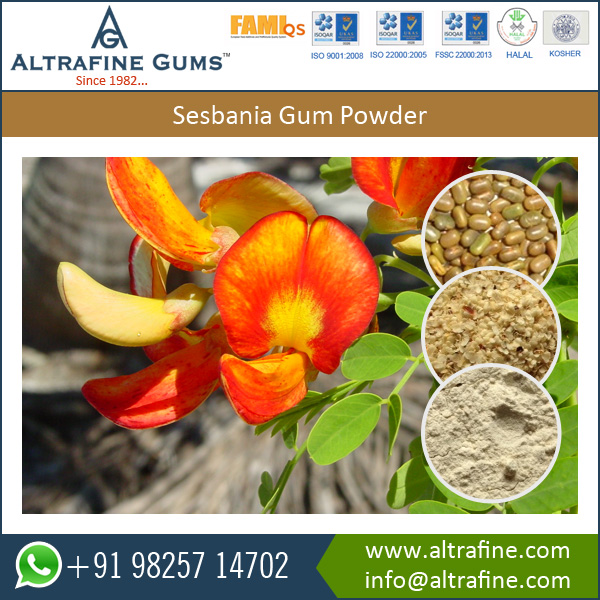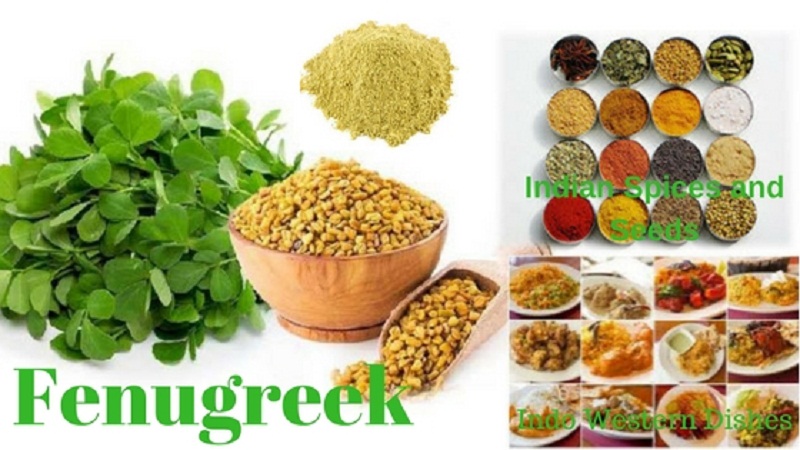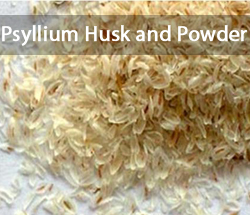As there is a growth in population, the demand of feeding products is increasing day by day for human and animals. Guar meal is mostly been used in feeding of the animals as well as broilers. Guar Meal is by-product of guar gum that is been extracted from guar seeds of leguminous plant. It contains good amino acid with nutritional factors like β-mannan), saponins and trypsin that has positive effects on bird health and performance.
The Guar Meal products for broilers are been manufactured through different processes like Roasting/Toasting, Micronization, Sterilization etc. that helps to enhance weight gain & immunity in the broilers.
Nutritive Values of Guar Meal for Broilers
- Guar Meal is the left removal of guar gum i.e. the endosperm of both hull and germ of guar gum seed that is considered as potential alternative of high protein food in broilers
- Studied showed that roasted guar meal contains more than 50% of protein, 5- 6 % of ether extract, crude fiber, total ash.
- On the dry matter basis, it contains equal amount of calcium, phosphorous, and acid insoluble ash.
- The crude protein of the guar meal includes contents of germ, hull and endosperm that equally contribute to the nutritional factors of guar gum. It also contains residual gum in different concentrations.
- Guar Meal for broilers helps to improve the health by components in appropriate proportions that includes gum – 6-18%, saponins – 9-14 %, hydrocyanic acid – near about 100gm, also variable proportions of trypsin inhibitor, haemagglutinin and tannins
- It is also a good source of essential amino acids like Proline, Tyrosine, Glutamic Acid and many more.
- Guar Meal when toasted helps to neutralize the factors like trypsin inhibitor and urease activity
- To reduce the intestinal viscosity and counteracted deleterious effects, enzyme supplementation and solid state fermentation are the techniques been used
- Guar Meal Supplementation in the diet of broilers helps to improve the immune system and also reduces the cholesterol level as well as glucose level.
- Properties of guar meal consist of different amount of moisture, crude protein, oil, fiber, ash as well as CHO (NFE)
Studies suggest that guar meal formed with different processes and enzyme supplementation can be supplemented to broilers in variable ratios gives a high protein feed without any adverse effects. It is also been used as a substitute of soya bean meal and corn gluten meal. Considering the requirements and various factors, Altrafine Gums provides high quality of guar meal that is widely used in poultry feeds, fish meal as well in animal feed.

CEO, Altrafine Gums
With over Four decades of expertise in the natural gums and hydrocolloids industry, Ajit Patel leads Altrafine Gums, a globally recognized manufacturer and exporter of Guar Gum Powder, Cassia Tora Powder (Cassia Gum Powder) and other Hydrocolloids. Under his visionary leadership, the company has built a strong reputation for quality, innovation, and reliability across the food, feed, pet feed, pharmaceutical, mining, oil drilling and cosmetic sectors.
Altrafine Gums has been serving global industries for decades with a focus on sustainable sourcing, research-driven production, and stringent quality control. Its wide product portfolio includes Guar Gum Powder, Cassia Tora Powder (Cassia Gum Powder) and other plant-based hydrocolloids that serve as key functional ingredients in diverse applications.
Ajit Patel’s commitment to excellence ensures that every product from Altrafine meets international standards of performance and purity. He is passionate about advancing the global reach of Indian hydrocolloids, fostering customer trust, and promoting eco-friendly, science-backed solutions that enhance product formulation and performance worldwide.

